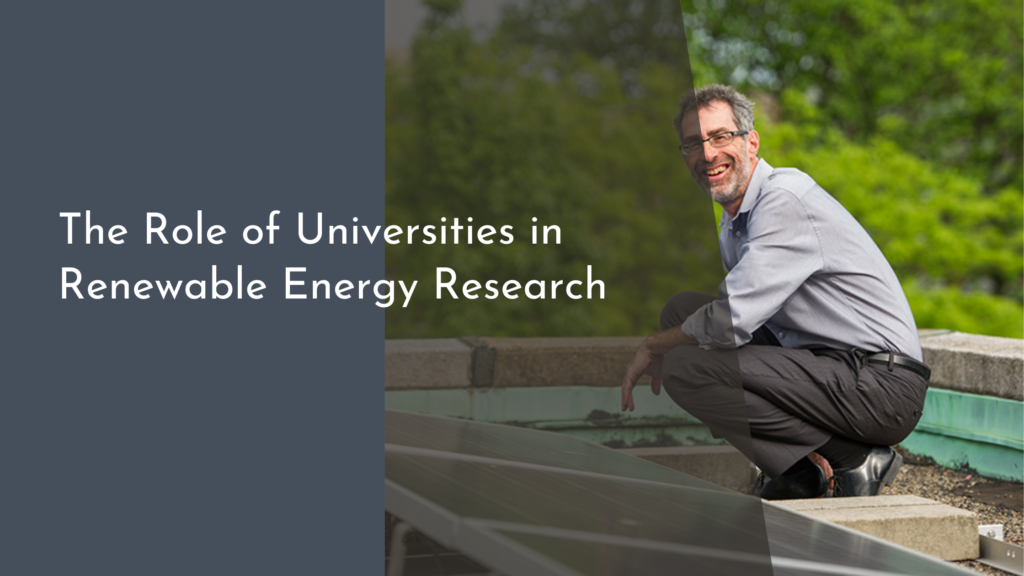Micro-Forests in Urban Spaces: Big Impact in Small Areas
As cities expand and populations grow, the need for sustainable urban solutions has become increasingly apparent. One innovative approach gaining traction is the concept of micro-forests. These small, densely planted green spaces can be found nestled between buildings, in vacant lots, or even at the edges of parks, offering a practical and delightful remedy to the urban concrete jungle. By planting a variety of native trees and shrubs in compact areas, communities can foster a sense of connection to nature while simultaneously addressing environmental challenges.
Micro-forests not only beautify urban spaces but also serve as vital ecosystems that support local wildlife. This article delves into the joy of micro-forests, explores their transformative impact on urban environments, highlights their environmental benefits, and inspires you to join the movement in creating your own micro-forest!
Discovering the Joy of Micro-Forests in Cities
Micro-forests are more than just patches of greenery; they offer city dwellers a unique opportunity to immerse themselves in nature without leaving urban settings. These small, vibrant ecosystems provide tranquil escapes where individuals can unwind, connect with flora and fauna, and engage in community activities. Whether through leisurely strolls or educational workshops, micro-forests create spaces for gathering, learning, and enjoying the beauty of nature right at our doorstep.
Moreover, micro-forests foster a sense of community pride and ownership. When residents come together to create and maintain these green spaces, they cultivate social bonds and encourage stewardship of the environment. The collective effort not only enhances the physical landscape but also strengthens community ties, making micro-forests vital hubs of connection and joy amidst the hustle and bustle of urban life.
How Tiny Green Spaces Transform Urban Environments
Urban areas are often characterized by high levels of pollution, heat, and noise, creating a less-than-ideal living environment. Micro-forests play a crucial role in mitigating these urban challenges. By integrating diverse plant species, micro-forests promote biodiversity, which in turn helps stabilize local ecosystems. These tiny green spaces can effectively cool their surroundings, reduce stormwater runoff, and improve air quality, thereby fostering a healthier environment for both residents and wildlife.
In addition to environmental benefits, micro-forests can enhance the aesthetic appeal of neighborhoods. The lush greenery, colorful blooms, and the sounds of rustling leaves create a sensory oasis that contrasts sharply with the surrounding concrete landscape. This transformation can lead to increased property values, attract businesses, and promote tourism, making micro-forests not only a boon for the environment but also a catalyst for economic growth in urban settings.
The Environmental Benefits of Urban Micro-Forests
Micro-forests are powerful tools in the fight against climate change. They serve as carbon sinks, absorbing carbon dioxide from the atmosphere and contributing to a reduction in greenhouse gas emissions. By incorporating a diverse range of native species, these mini-ecosystems also help restore local habitats and support wildlife, including pollinators that are essential for food production and biodiversity.
Beyond carbon sequestration, micro-forests contribute to improved water management in urban areas. Their dense vegetation helps absorb rainwater, reducing runoff and the risk of flooding. By promoting infiltration, micro-forests can recharge groundwater supplies and maintain healthier urban hydrology. In this way, these small but impactful green spaces play essential roles in building resilience against climate-related challenges while enhancing the overall livability of urban environments.
Join the Movement: Creating Your Own Micro-Forest!
Are you inspired to bring the benefits of micro-forests to your community? Creating your own micro-forest is easier than you might think! Start by identifying a suitable location, such as a vacant lot, park edge, or empty space near your home. Gather a group of passionate volunteers who share your enthusiasm for greening the city. Collaborating with local environmental organizations can provide valuable resources and guidance as you embark on this exciting project.
Next, focus on selecting native plant species that thrive in your local climate. Native plants are better adapted to local soil conditions and require less maintenance, making them ideal for micro-forest creation. Once your green space is established, engage your neighbors through educational events and regular maintenance days, fostering a sense of community ownership. With a little effort and creativity, you can cultivate a flourishing micro-forest that brings joy, beauty, and environmental benefits to your urban setting.
Micro-forests may occupy small areas, but their impact is anything but minimal. Transforming urban landscapes, enhancing community connections, and offering significant environmental benefits, these green spaces are proof that even in crowded cities, nature can thrive. Whether you’re taking a leisurely stroll through a micro-forest or rolling up your sleeves to create your own, you become part of a larger movement dedicated to fostering sustainable urban habitats. So let’s dig in, plant some trees, and watch our cities bloom with life!

